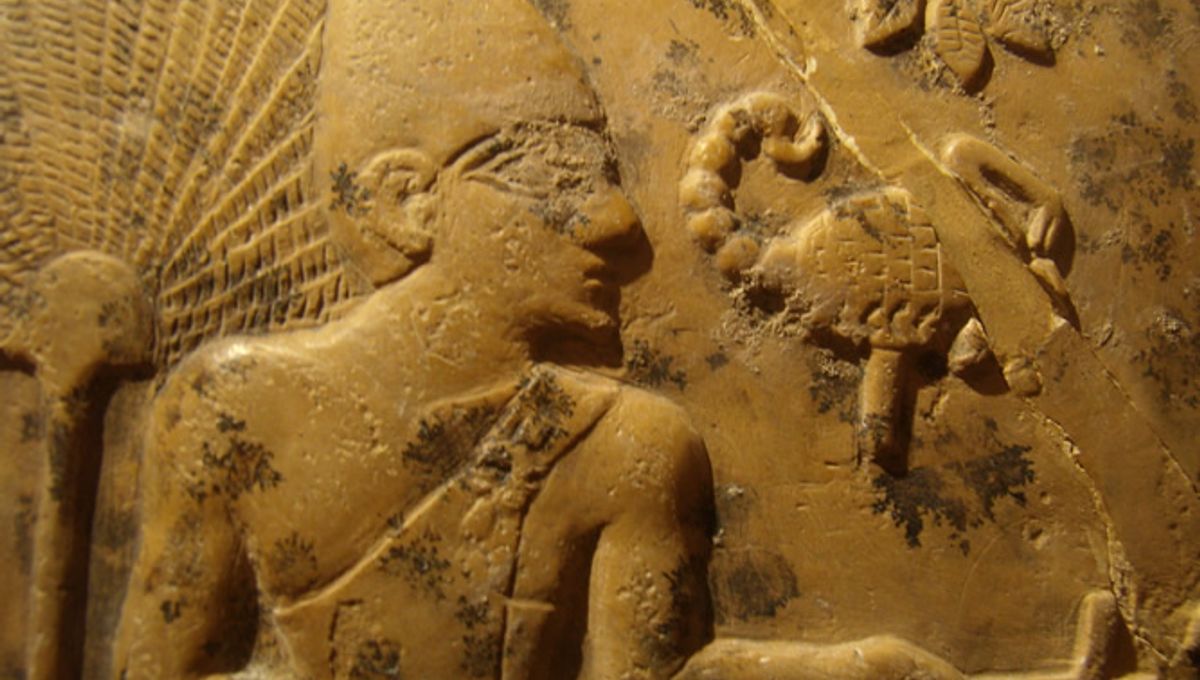
The Yellow Emperor of China and the Scorpion King of Egypt are two elusive figures from the ancient past that inhabit the foggy world between myth and history. Is it possible that they are the same person? It’s a sensational theory, but one which a Chinese researcher believes they have proof for.
In a new paper, which is yet to be peer-reviewed, Guang Bao Liu argues that the ruler of Ancient Egypt known as Scorpion I was the figure recorded as the Yellow Emperor in Chinese documents.
This is a pretty bold claim since Egyptologists are still determining the true identity of the King Scorpion. Some even dispute his existence. Likewise, historians have debated whether the story of the Yellow Emperor is grounded in reality or mythology.
The researcher bases their new theory on several strands of evidence. Firstly, it’s said that the Scorpion King unified Upper and Lower Egypt by defeating a king wearing a bull hat. Similarly, Chinese records state that the Yellow Emperor defeated the Yan Emperor who wore a cow-headed hat, unifying the two tribes of Yan and Huang.
It also makes sense chronologically. It’s said that the Scorpion King ruled Ancient Egypt around 5,200 years ago, which loosely fits with the Chinese legend of the Yellow Emperor’s 5,000 years of civilization.
Lastly, there are some intriguing similarities between hieroglyphics and Chinese script. The paper argues that the scorpion symbol found in the tomb of King Scorpion I is linked to the prototype of the character Huang(黄), which means “yellow.” Many scorpions found in the Nile Valley are also yellow in color, further affirming this connection.
When you hear the term “Scorpion King”, you probably imagine Dwayne Johnson running around the desert without a top on. However, some historians believe the Scorpion King was a real historical figure who became the first true ruler of Upper Egypt around 3200 BCE. Be that as it may, this period of Egyptian history is incredibly murky, pieced together by odd bits of archaeological evidence and records.
Other scholars believe that Narmer was the true unifier of Egypt and the founder of the First Dynasty. Researchers have long debated whether Narmer and the Scorpion King were the same person. To further muddy the waters, Narmer might have been the same figure as the ruler known as Scorpion II. Alternatively, he may have been his successor.
The new paper goes even further to suggest that Narmer is, in fact, Yu the Great, another legendary king who established the recorded Xia Dynasty. Yu the Great is said to be a descendant of the Yellow Emperor, just as Narmer was a successor to one of the Scorpion Kings.
The researcher argues that Narmer’s name has links to the character Yu (禹). Narmer’s name is associated with catfish, while the pronunciation of the character Yu(禹) is the same as that of fish.
Things are just as confusing when it comes to the Chinese figure of the Yellow Emperor. Legend has it that this god-like figure became the first ruler of lands that would later become China in 2697 BCE after he unified the tribes of the Yellow River plain under a single government.
However, the story of the Yellow Emperor is a blend of history and myth; it’s extremely tricky to know when fantasy ends and fact begins. Most scholars now argue that the mysterious emperor is a mythological figure with little grounding in reality.
Things are not made any clearer by this latest theory, which is bound to raise some eyebrows among historians. Whatever you make of the argument, the theory does highlight how many myths from around the world share certain archetypal themes. It’s often the case that two distant lands can imagine their own, separate pasts yet conjure up surprisingly similar stories.
The paper was recently posted on the Elsevier pre-print server SSRN.
Source Link: Was Ancient Egypt's Scorpion King Also China's Yellow Emperor?